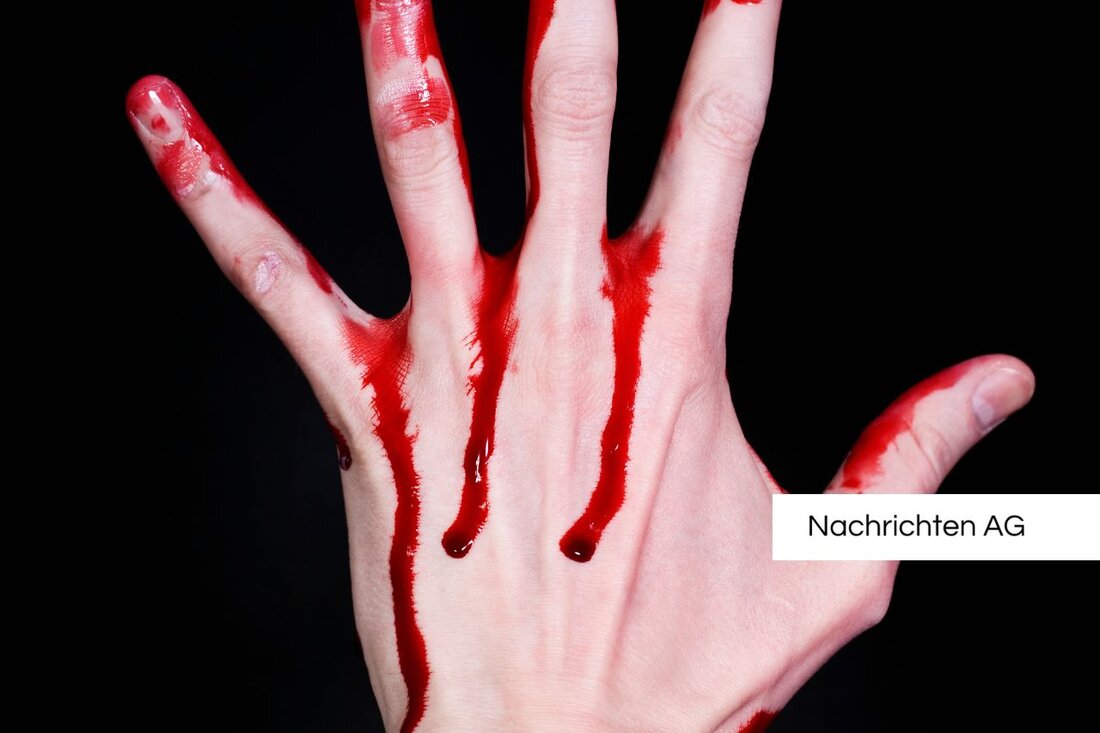Rhabar blossoms: How to secure your harvest in your own garden!
Rhabar blossoms: How to secure your harvest in your own garden!
in spring, especially in April and May, the rhubarb blooms and offers hobby gardeners a challenge. Flower formation can affect the growth of the rhubarb stems, which is why it is advisable to break the flower buds immediately at the base. This not only promotes harvest, but is also important to avoid putrefaction. Ruhr24 reports that hobby gardeners deep on the ground should turn out to keep the plant healthy.
Flower formation is a natural process that occurs particularly in older or stressed plants. These changes can be triggered by various factors such as low temperatures, lack of nutrients, waterlogging or soil tiredness. In order to revitalize older perennials, sharing and transplanting can be a helpful method. It is advisable for young plants to prevent flowering in the first few years.
dining and use of the flowers
Interestingly, rhubarb flowers are edible and can be used in the kitchen. Similar to broccoli, they can be prepared by being steamed or marinated in fruit vinegar. Although rhubarb is still edible after flowering, the content of oxalic acid increases with progressive vegetation time. Gardeners should pay particular attention to this after June 24th (June 24th).Although many gardeners appreciate flowers in the garden, flowering rhubarb plants also offer important food sources for insects and can serve as a decorative element in the ornamental garden. After flowering, it is important to fertilize rhubarb regularly and pour sufficiently to promote growth. Perennials should be shared and transplanted every ten years at the latest to reduce soil fatigue.
plants and maintenance of the rhubarb
rhubarb is one of the easy -care crops that are often used in the kitchen like fruit. Typical preparations are rhubarb cake or compote. The planting time for rhubarb is in spring or autumn. Well-prepared planters filled with a mixture of garden soil and fertilizer support growth. ndr recommended, sufficient To leave space, since rhubarb needs at least one square meter area.
A well -fold -fed, profound garden floor is ideal for rhubarb. Regular watering is essential, although waterlogging should be avoided. Rhabarber is hardy. Furthermore, the cultivation can also be carried out in pots as long as the planters have sufficient volume and drain holes. In order to promote growth, rhubarb plants should be fertilized every three weeks with vegetable fertilizers in the irrigation water. The harvest should begin in the third year, whereby the new poles should be turned out gently and should not be cut off.
The harvest time ends on June 24, according to which the oxalic acid content of the stems increases. At this point, it is advisable to remove the flowers so that the plant does not remove any energy. Rhubarb leaves can also be used as mulch and composted in autumn. Popular varieties include "four -countries blood", "Holsteiner Blood" and "Goliath". In order to optimize growth, a impermeable box can be used to promote shorter stems and milder aroma; However, this method should not be used annually.
| Details | |
|---|---|
| Ort | Deutschland |
| Quellen | |


Kommentare (0)